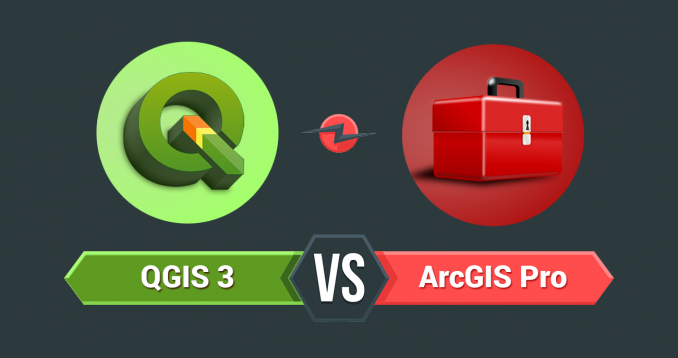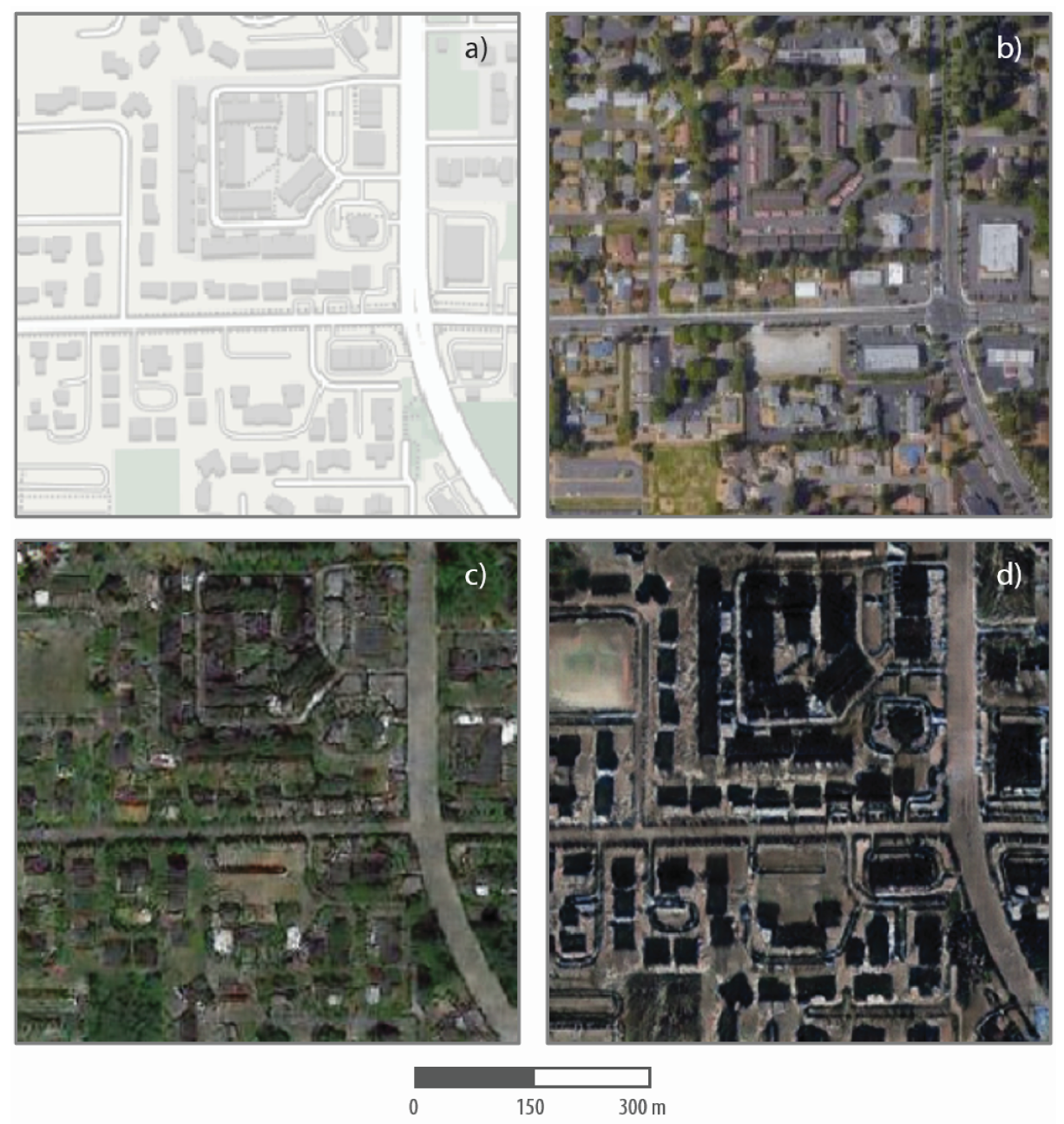- 0 replies
- 2,189 views
- Add Reply
- 1 reply
- 2,081 views
- Add Reply
- 0 replies
- 6,157 views
- Add Reply
- 0 replies
- 1,090 views
- Add Reply
- 0 replies
- 3,037 views
- Add Reply
35 Differences Between ArcGIS Pro and QGIS 3

By Lurker,


Six years ago, we compared ArcGIS vs QGIS. The response was incredible and we thank you for that.
But since then, the game has changed. Yet, the players are still the same.
The Omen of Open Source GIS is back with QGIS 3. It’s up against the Pioneer of Proprietary GIS, ArcGIS Pro.
Buckle up.
Because today, you’re going to witness a head-to-head battle between the juggernauts of GIS software.
Pick your poison.
Table of Contents
1. 3D
2. Interfac
The Critical Role of Geospatial Data Accuracy

By Lurker,
When it comes to choosing the right geospatial data for any project, many factors come into play—cost, convenience, consistency, and resolution, to name a few. Depending on the application, these factors can outweigh one another in importance.
Above all, one critical factor to never overlook is accuracy. Data accuracy is the degree to which information on a map matches real-world values. When it comes to geographic information systems (GIS) and artificial intelligence (AI) applications, po
Android phones now show earthquake alerts in Greece and New Zealand

By Lurker,
In the middle of last year, Google announced that it was turning Android phones into an early earthquake alert system. The system was first deployed in California which already has a sophisticated network of seismometers in place. In California, the Android Earthquake Alerts System disseminated alerts from the existing ShakeAlert system, but in regions that don’t have seismometer networks, Google said that users could opt in to turn their Android phone into a mini seismometer. Today, Google has
UC San Diego engineering professor solves deep earthquake mystery

By Lurker,
These mysterious earthquakes originate between 400 and 700 kilometers below the surface of the Earth and have been recorded with magnitudes up to 8.3 on the Richter scale.
Xanthippi Markenscoff, a distinguished professor in the Department of Mechanical and Aerospace Engineering at the UC San Diego Jacobs School of Engineering, is the person who solved this mystery. Her paper "Volume collapse instabilities in deep earthquakes: a shear source nucleated and driven by pressure" appears in the J
Deepfake tech takes on satellite maps

By Lurker,


While the concept of “deepfakes,” or AI-generated synthetic imagery, has been decried primarily in connection with involuntary depictions of people, the technology is dangerous (and interesting) in other ways as well. For instance, researchers have shown that it can be used to manipulate satellite imagery to produce real-looking — but totally fake — overhead maps of cities.
The study, led by Bo Zhao from the University of Washington, is not intended to alarm anyone but rather to show the ri
-
Forum Statistics
8.8k
Total Topics43.5k
Total Posts



